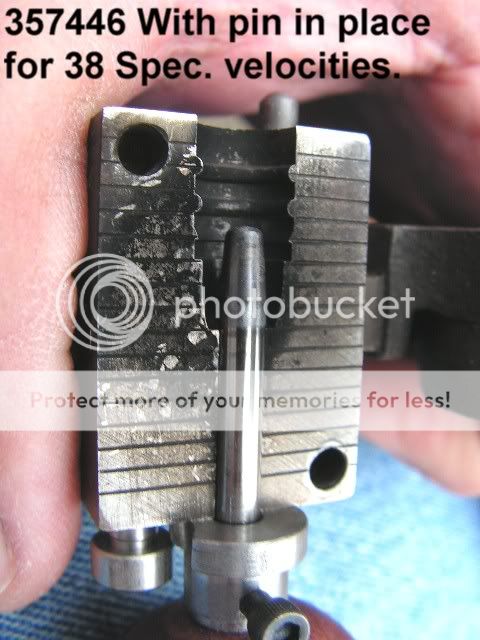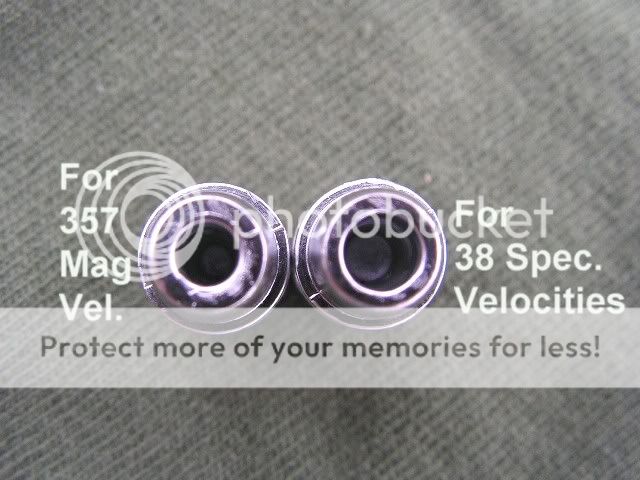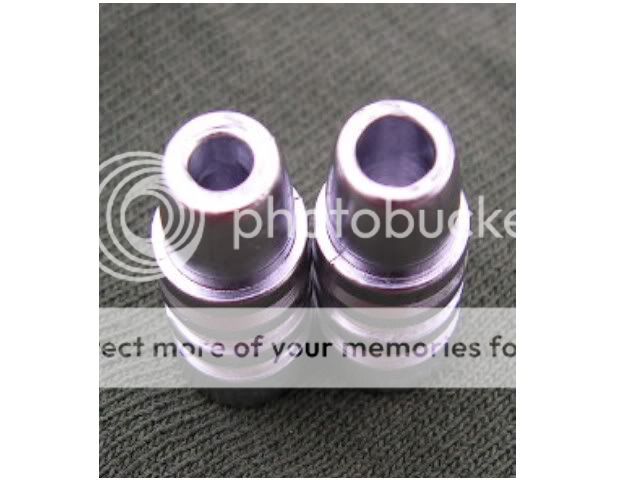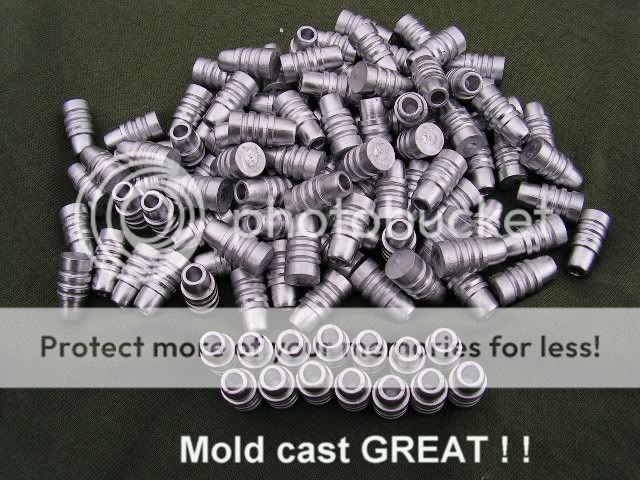I was given an old Ideal 357446 mould. It is prefixed with the letter "U" meaning it was cut with a worn cherry.
My S&W 686 has very tight cylinder throats and I still have a pretty stiff bullet drag after sizing them .357, my Chinese
micrometer says .3575.
7 grains of Unique in a .357 case with any of the cast bullets that I cast shoots pretty well but the top of the bunch is this
unloved 357446.
Being 76 with fading eyesight and my coffee cup isn't as steady as it used to be, I don't use a small target as most of you do.
I shoot a 6"X6" swing plate at around 20-25 yards. That old 446 will swing it until my arms are tired of holding my shooter.
Anyone else have experience with this mould?
My S&W 686 has very tight cylinder throats and I still have a pretty stiff bullet drag after sizing them .357, my Chinese
micrometer says .3575.
7 grains of Unique in a .357 case with any of the cast bullets that I cast shoots pretty well but the top of the bunch is this
unloved 357446.
Being 76 with fading eyesight and my coffee cup isn't as steady as it used to be, I don't use a small target as most of you do.
I shoot a 6"X6" swing plate at around 20-25 yards. That old 446 will swing it until my arms are tired of holding my shooter.
Anyone else have experience with this mould?





